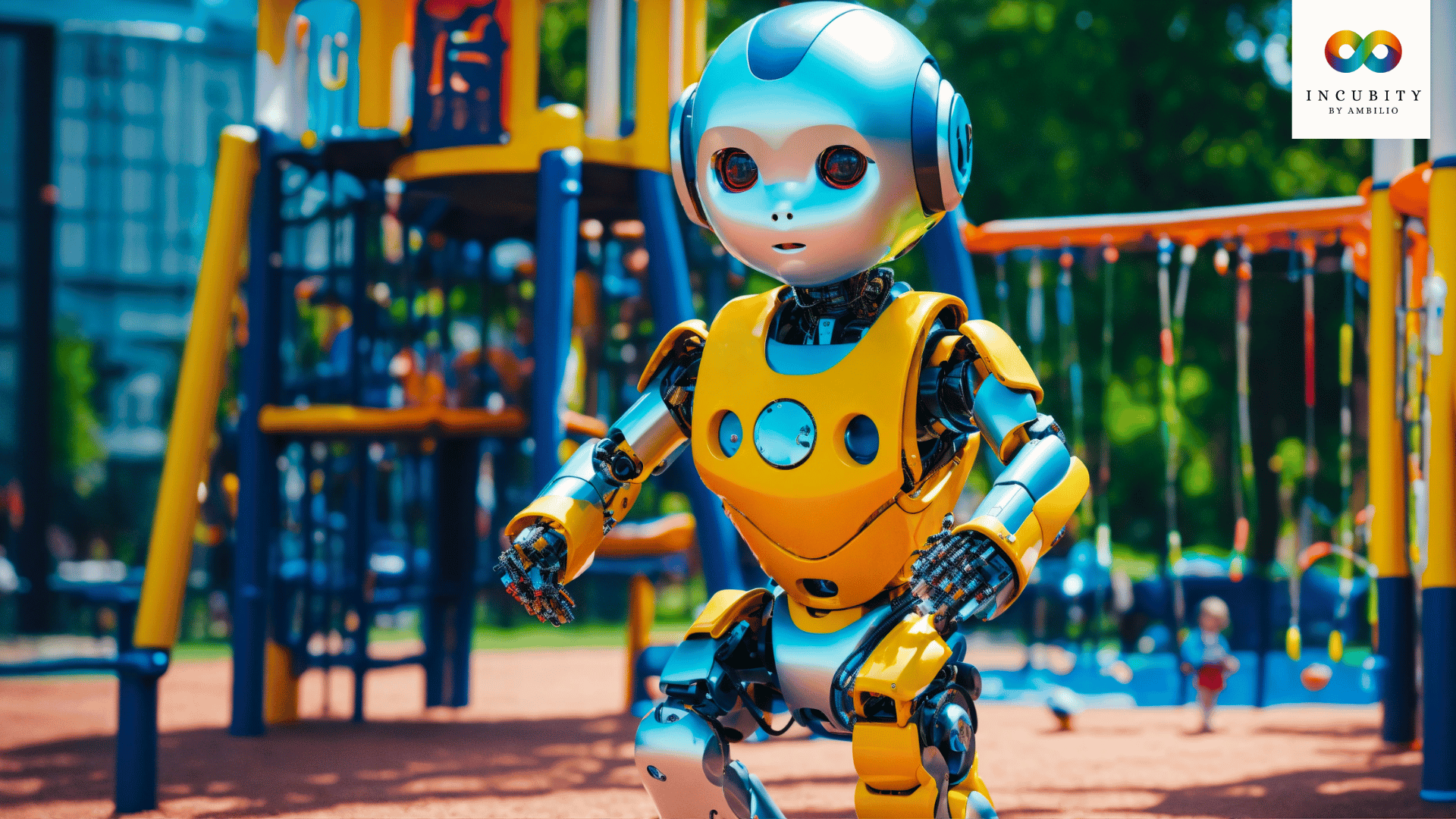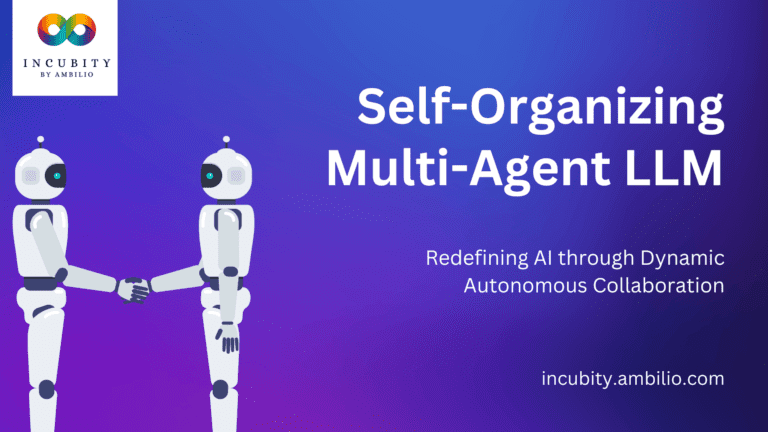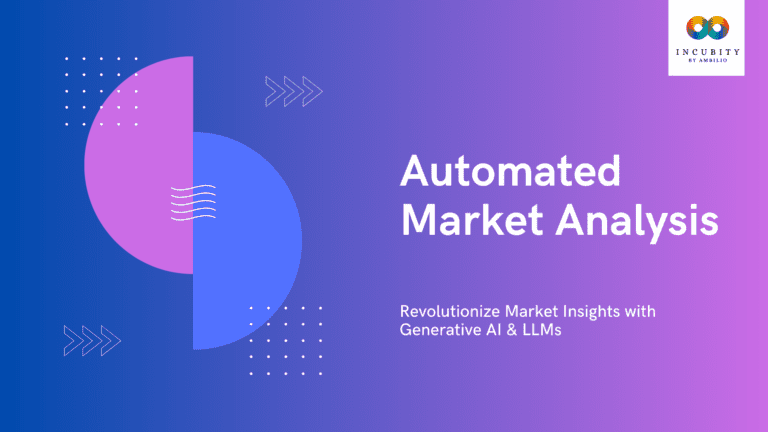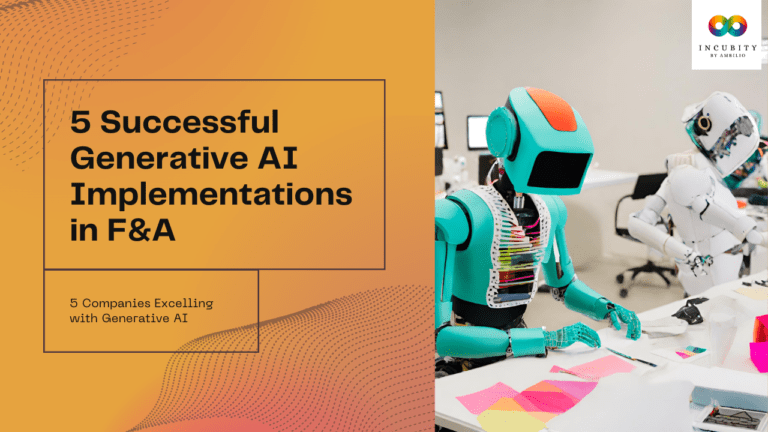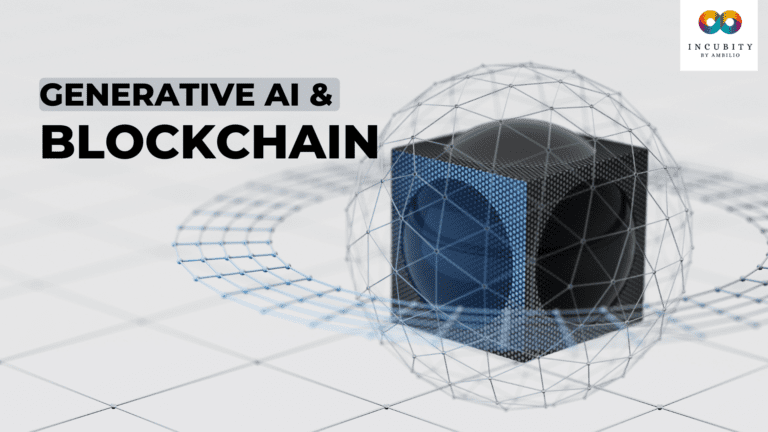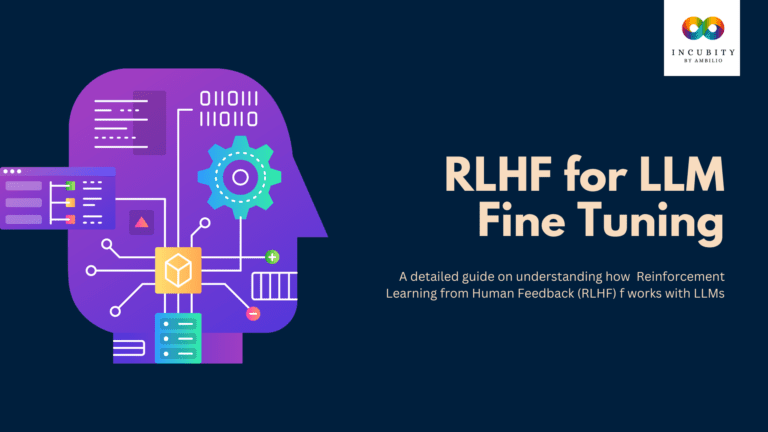In the ever-evolving landscape of artificial intelligence, BabyAGI has emerged as a curious yet intriguing project grabbing the attention of developers and AI enthusiasts alike. But what exactly is BabyAGI, and why is it generating such buzz?
From Code Snippet to Community-driven Project
The story of BabyAGI begins with a tweet. Yohei Nakajima, a venture capitalist and tech enthusiast, shared a mere 140 lines of Python code on Twitter in March 2023. This code showcased a rudimentary AI agent capable of setting goals, breaking them down into tasks, and prioritizing them for execution. The concept resonated with the tech community, igniting conversations about the potential of AI-powered personal assistants and sparking a collaborative spirit.
This initial code snippet, affectionately dubbed “Task-Driven Autonomous Agent,” formed the foundation for BabyAGI. Nakajima, embracing the community’s enthusiasm, released the code publicly and encouraged further development. This unleashed a wave of contributions, with coders adding features like integration with OpenAI’s powerful language models and Pinecone’s cloud database solution.
Diving into the Architecture of BabyAGI: A Technical Exploration
While BabyAGI may appear deceptively simple on the surface, its architecture reveals a fascinating interplay of components working together to achieve its goal-oriented task management. Let’s dissect its technical workings in detail:
1. Core Components:
- Task Database: Built on Pinecone, this cloud-based database stores all tasks, their attributes (priority, deadline, completion status, etc.), and their relationships (parent-child tasks for goal breakdown).
- OpenAI Language Model: Through integration with GPT-3 or other models, BabyAGI leverages natural language processing capabilities for understanding user instructions, generating descriptions for tasks and goals, and potentially even suggesting solutions.
- Task Engine: The brain of BabyAGI, this component uses a set of algorithms to:
- Goal Creation: Analyzes user input and generates high-level goals.
- Task Decomposition: Breaks down goals into smaller, actionable tasks.
- Prioritization: Analyzes tasks based on factors like deadline, importance, and user preferences to determine their order of execution.
- Scheduling: Plans the execution of tasks within the user’s calendar and constraints.
- Learning: Monitors user interaction and feedback to refine its algorithms and improve future task creation and prioritization.
2. Workflow and Data Flow:
- User Interaction: You provide input through text commands or other interfaces (e.g., voice).
- Natural Language Processing: The OpenAI model analyzes your input and extracts relevant information like goals, tasks, and deadlines.
- Goal and Task Creation: The Task Engine generates high-level goals and breaks them down into manageable tasks, storing them in the Pinecone database.
- Prioritization and Scheduling: The engine analyzes each task and assigns a priority based on pre-defined rules and your past behaviors. Tasks are then scheduled within your calendar, considering existing commitments and preferences.
- Learning and Adaptation: Over time, the engine monitors your interaction and completion of tasks. This feedback is used to refine its algorithms for future goal and task creation, prioritization, and scheduling, making BabyAGI more personalized and efficient.
3. Technical Considerations:
- Flexibility and Customization: BabyAGI allows for customization of its algorithms and rules through configuration files. This enables adapting the system to specific user needs and preferences.
- Explainability and Transparency: Understanding BabyAGI’s decision-making process is crucial for trust and building user confidence. Efforts are underway to incorporate explainability features into the system.
- Ethical Implications: Issues like bias in task prioritization and potential automation fatigue need careful consideration and mitigation strategies.


(Source)
The architecture of BabyAGI reveals a well-orchestrated interplay of components, employing machine learning and natural language processing to assist in goal-oriented task management. While challenges remain, its open-source nature and collaborative development hold immense potential for shaping the future of AI assistants that augment our personal productivity and work alongside us in achieving our goals.
Potential Benefits and Challenges
The appeal of BabyAGI lies in its promise to revolutionize personal productivity. Imagine an AI assistant that not only reminds you of tasks but also helps break them down, prioritize them based on your own context, and even suggest potential solutions along the way. This could free up valuable mental space, boosting efficiency and leading to a more fulfilling work-life balance.
However, BabyAGI is still in its early stages of development, and challenges remain. Concerns like ethical considerations surrounding AI automation, potential biases in task prioritization, and the reliance on external platforms and resources need to be addressed. Additionally, ensuring the system’s security and preventing potential misuse are crucial aspects to consider for long-term sustainability.
Looking Ahead: The Future of BabyAGI and Beyond
The future of BabyAGI holds immense potential, offering a glimpse into how AI might transform our approach to everyday tasks. Although not without its challenges, the collaborative spirit driving its development is a testament to the power of open-source projects in shaping the future of AI.
With continued collaboration and development, BabyAGI could evolve into a powerful tool for personal and professional productivity, paving the way for a future where AI acts not as a master, but as a supportive partner in our daily endeavors. While the journey towards true artificial general intelligence (AGI) might still be long, BabyAGI represents a significant step towards building AI systems that are truly capable of understanding and assisting us in achieving our goals.
The success of BabyAGI serves as a reminder that the future of AI isn’t confined to laboratories and tech giants. It lies in the hands of passionate individuals and collaborative communities who dare to imagine and build the technologies that will shape our lives tomorrow.

